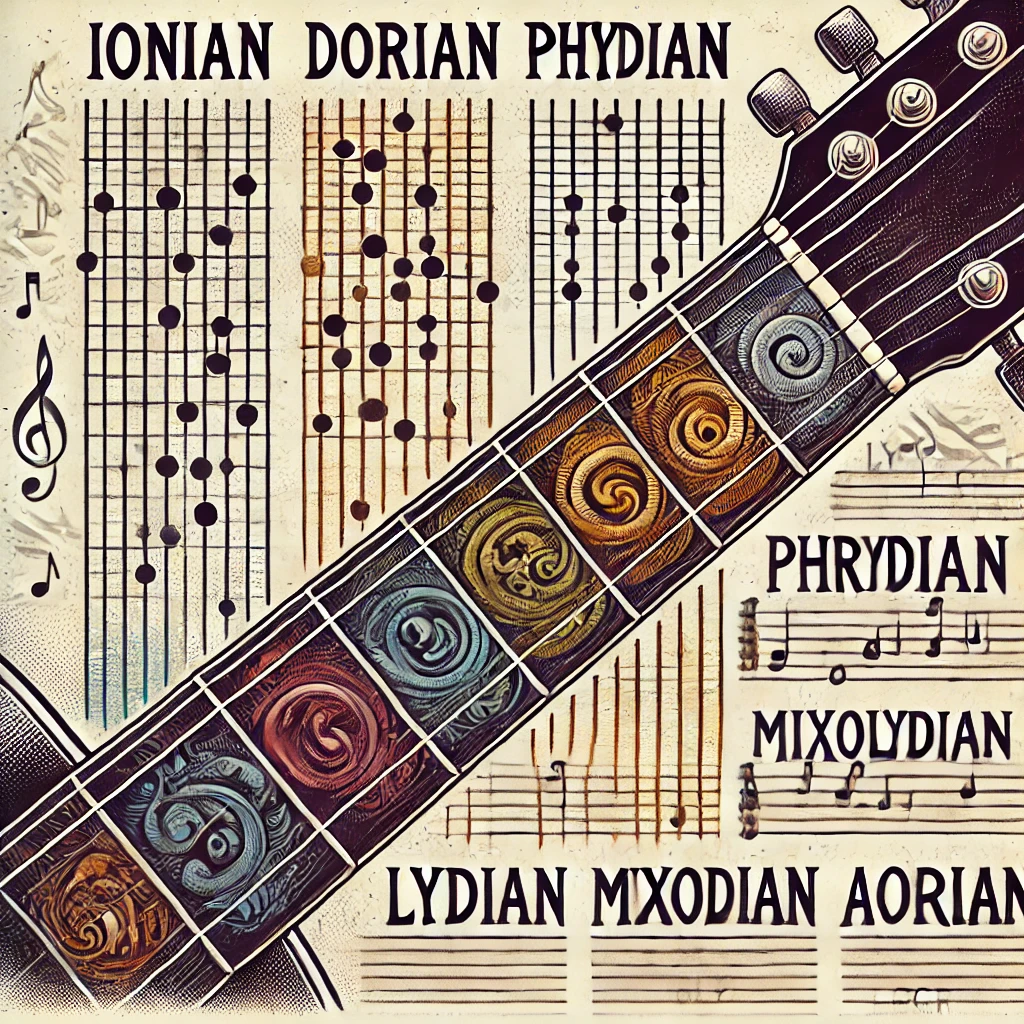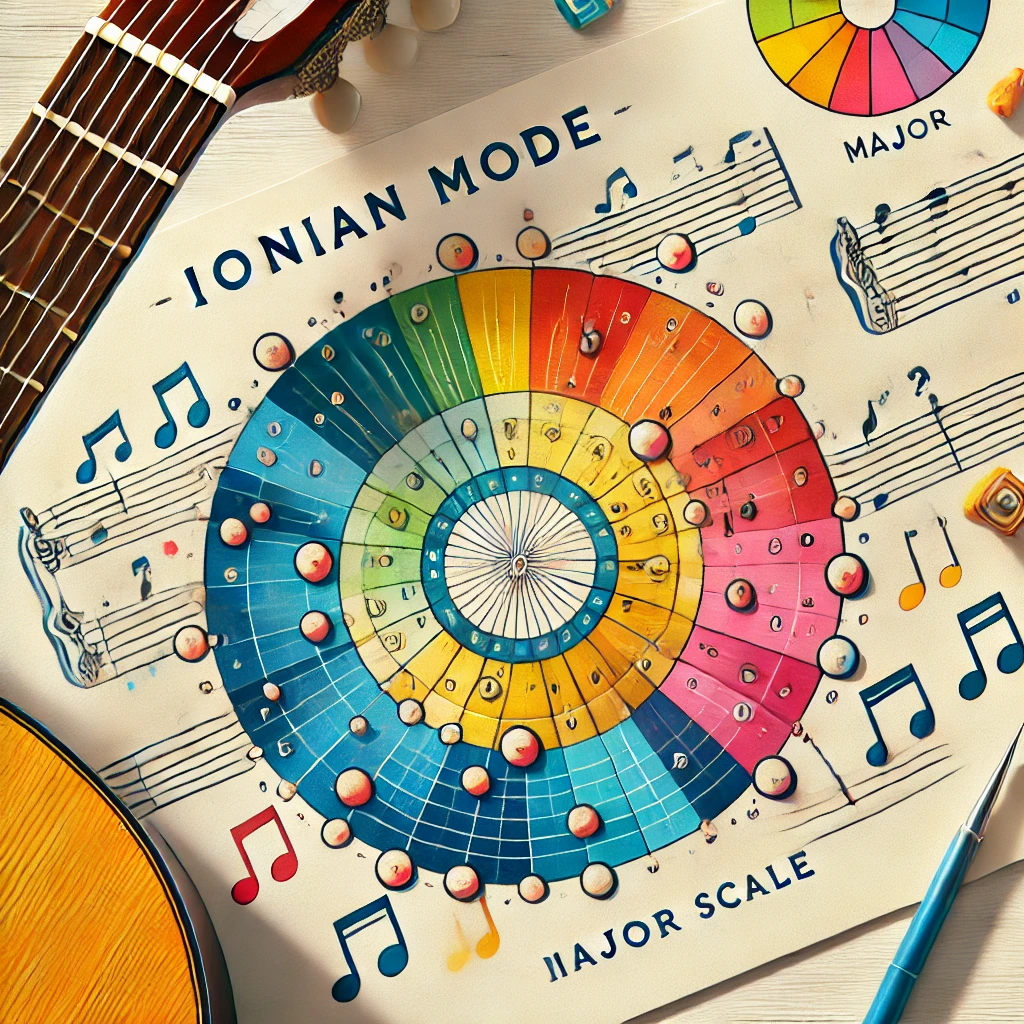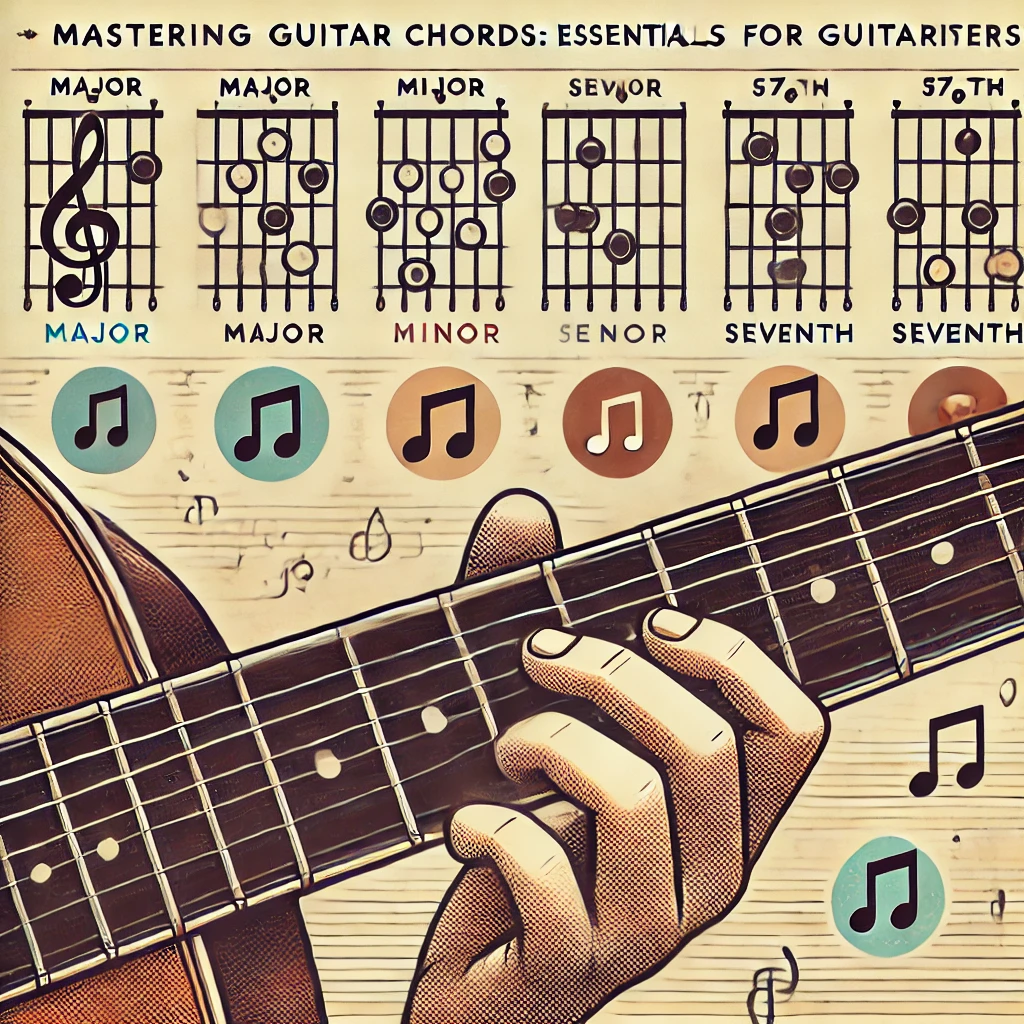· Music Theory · 4 min read
Musical Intervals Fundamentals and Applications
Learn about the different types of intervals, how to identify them, and how to use them to improve your musical understanding.

Understanding Musical Intervals: Fundamentals and Applications
Musical intervals are the core of music theory. They allow us to describe the distance and relationship between two notes, forming the basis of harmony and melodies. Knowing intervals not only enhances your guitar playing skills but also helps you understand why certain note combinations work well together and how you can create specific sounds in your compositions.
What Is a Musical Interval?
An interval is the distance between two notes, measured in tones and semitones. Each interval has a specific name based on the number of scale degrees separating the two notes and its quality (major, minor, perfect, augmented, or diminished). These names and qualities help us identify the unique sound of each interval, as each has its own “personality” and emotional effect in music.
Classification of Intervals
Intervals are classified into two main categories:
- Melodic Intervals: Occur when the notes are played one after the other, creating a sequence of sounds.
- Harmonic Intervals: Occur when the notes are played simultaneously, creating a sense of chords and harmony.
Additionally, intervals can be ascending (when the second note is higher than the first) or descending (when the second note is lower than the first).
Types of Intervals: From Seconds to Octaves
Below are the most common intervals from the second to the octave, along with their characteristic effect and guitar examples.
Second (2nd)
- Minor (m2): Separates the notes by a semitone. Example: from B to C. Has a tense, chromatic sound.

- Major (M2): Separates the notes by a whole tone. Example: from C to D. Sounds smoother and more open.

Third (3rd)
- Minor (m3): One whole tone and one semitone apart. Example: from A to C. Defines a minor chord, creating a sad or melancholic feel.

- Major (M3): Two whole tones apart. Example: from C to E. Defines a major chord and gives a bright, happy sound.

Fourth (4th)
- Perfect (P4): Four semitones apart. Example: from C to F. Often sounds stable and strong, used in many chord structures.
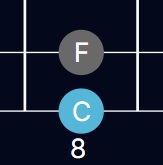
Fifth (5th)
- Perfect (P5): Five semitones apart. Example: from C to G. Highly consonant and stable, fundamental in fifth chords (power chords) in rock and metal.

Sixth (6th)
- Minor (m6): Five tones and one semitone apart. Example: from C to G#. Creates a darker and more tense sound.

- Major (M6): Six whole tones apart. Example: from C to A. Sounds melodic and slightly nostalgic.

Seventh (7th)
- Minor (m7): Ten semitones apart. Example: from C to A#. Produces a more relaxed feel and is key in seventh chords.
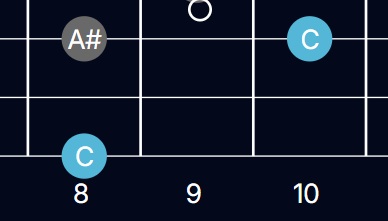
- Major (M7): Eleven semitones apart. Example: from C to B. Sounds tense, almost like it wants to resolve. Common in jazz and complex harmonies.
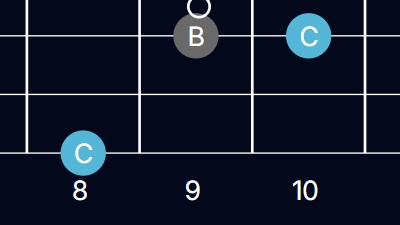
Octave (8th)
- Perfect (P8): Double the frequency of the root note. Example: from C to C (one octave higher). The most consonant interval, it sounds like a repetition of the original note.
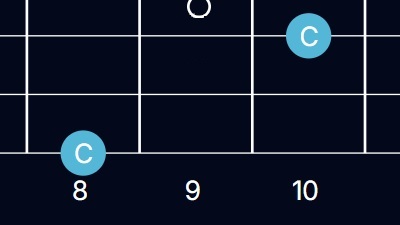
How to Practice Intervals on the Guitar
Learning intervals helps you move more intuitively across the fretboard and create progressions or melodies with your desired sound. Here are some tips to practice:
-
Memorize Intervals on the Fretboard: Get familiar with interval shapes on each string and in different positions. Practice moving from one note to another using each type of interval.
-
Ear Training Exercises: Listen to each interval and learn to recognize its sound. Play an interval, listen, and then try to reproduce it in another key.
-
Improvisation with Intervals: Create short melodies or solos using only one type of interval. For example, improvise using only thirds or fifths to feel their effect in music.
Using Intervals in Composition and Improvisation
Intervals are powerful tools for creating specific effects and atmospheres in your music. Here are some examples:
- Minor Intervals: Great for sad or darker sounds (minor third, minor sixth, etc.).
- Major Intervals: Perfect for bright or optimistic sounds.
- Perfect Intervals: Provide stability, often used in chords and power chords in genres like rock.
- Seventh Intervals: Add tension and sophistication, common in jazz and blues.
Conclusion
Mastering intervals is essential to deepen your musical understanding and expand your guitar skills. With a solid grasp of intervals, you’ll be able to improvise, compose, and analyze music on a much deeper level. Spend time studying them and explore how they can express different emotions and styles in your playing.
Start experimenting with intervals on your guitar today and unlock the expressive power of this essential musical tool!
